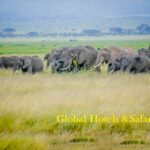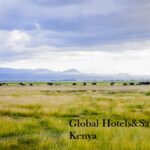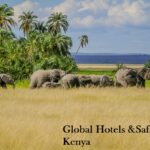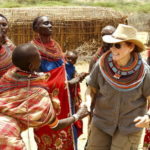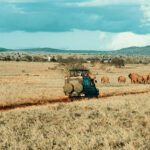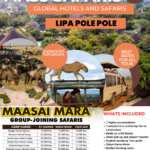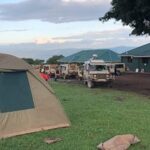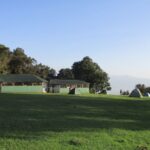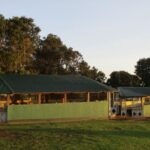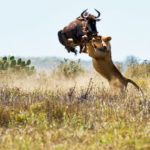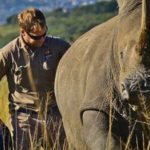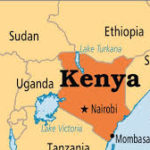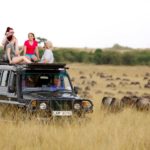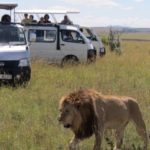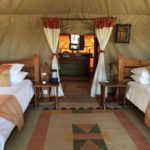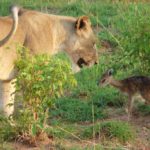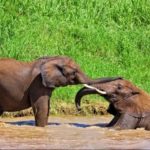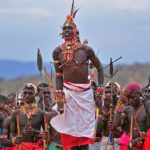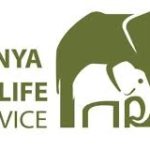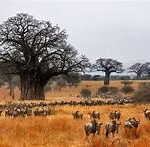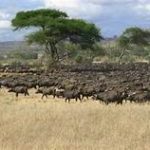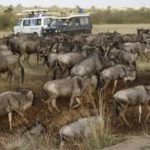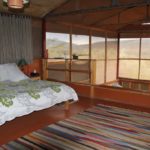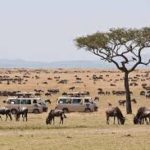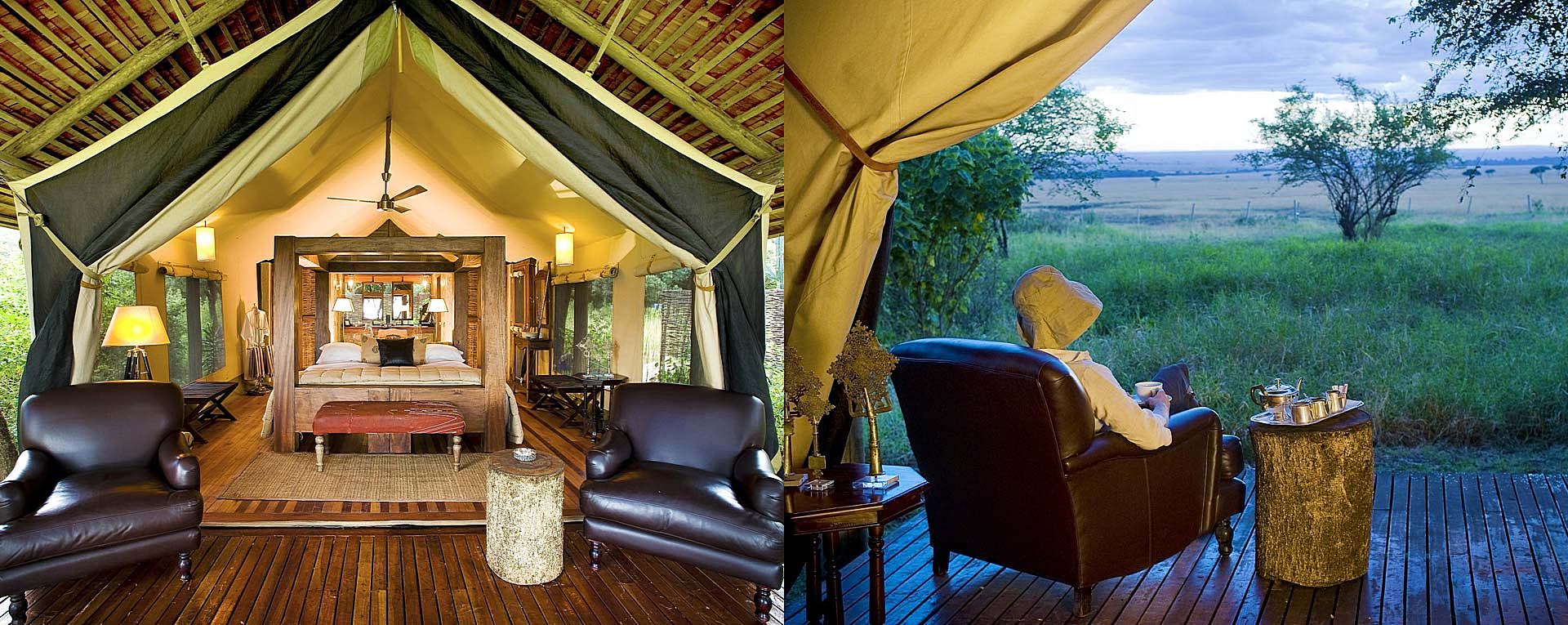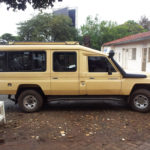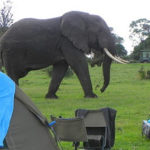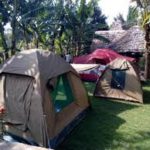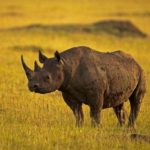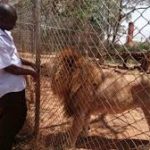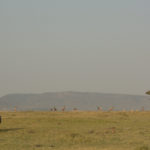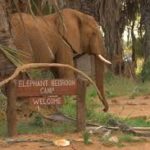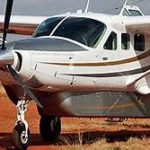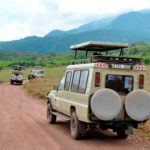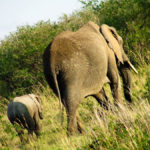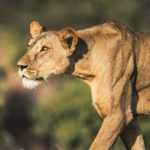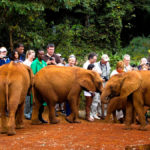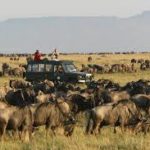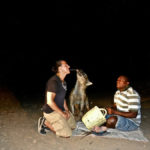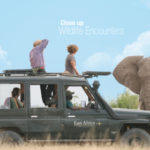The best time to go to Tanzania is dependent on the wildlife you wish to see; December and February sees the birth of zebra and wildebeest but June to October is the best time to see a myriad of wildlife gathering around the remaining waterholes. Tanzania’s tropical climate is relatively constant all year due to the country’s proximity to the equator, with daytime temperatures usually ranging from 25°C to 32°C. Early mornings and evenings feel noticeably cooler, but regional variation and altitude will effect this.
Tanzania’s rich wildlife is a big draw, and your visit’s timing can affect your safari experience. Millions of wildebeest and zebras cross the Serengeti’s grasslands during the Great Migration, which takes place there from June to October. One of the highlights of travelling during these months is seeing this amazing display. The time to see juvenile zebra and wildebeest taking their first steps is from December to February if you’re interested in the birthing season and cute infant animals. The optimal time to embark on your Tanzanian vacation thus depends on whether you want to see the cycle of life or the great herd migration.
The best time to visit Tanzania is during the Dry season, from June to October, when wildlife viewing is generally at its best. This is also the best time to see the wildebeest migration in Serengeti National Park. The most reliable time to see the wildebeest calving is January to February. The Southern and Western circuit parks are best visited during the Dry season (June to October), unlike the more popular Northern circuit parks that can be visited year-round.
June to October –Dry Season
November to May –Wet Season
Best Time To Go by Major Park
The Serengeti and Ngorongoro Crater offer good wildlife viewing throughout the year. June to October are the best months for seeing the migration, and January to February is the best time for the wildebeest calving. The dry months offer good wildlife viewing throughout Tanzania. Tarangire and the Southern and Western circuit parks (including Katavi, Nyerere and Ruaha) are best visited in the Dry season, from June to October.





